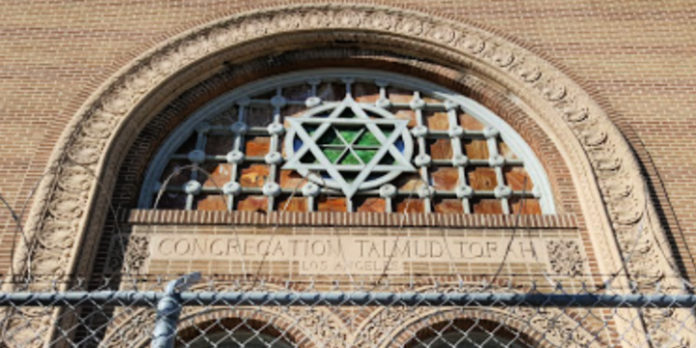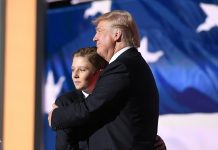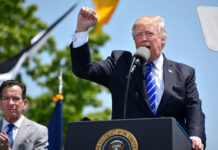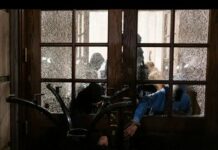
A disused shul in Los Angeles that first opened its doors nearly 100 years ago is to undergo a multi-million dollar renovation, thanks to the efforts of a group of Jewish and Latino legislators.
The Breed Street Shul, once considered a center of Jewish life in the western United States, has been granted $14.9 million in state funding, Religion News Service reported on Thursday.
California legislators said the state budget allocation will help transform Breed Street Shul — heralded as the religious and cultural anchor of the early Jewish community in the Eastside of LA — into a shared multipurpose space that will honor the area’s Jewish and multicultural history as well as the current neighborhood’s mostly Latino residents.
The shul, which encompasses two buildings in the Boyle Heights neighborhood, is listed in the National Registry of Historic Places and is the last of the Eastside synagogues to remain open after postwar-era population shifts.
“This was at one time the center of Jewish life in the city of Los Angeles, the center of Jewish life in the western United States,” said Assemblyman Jesse Gabriel, a Democrat who chairs the California Legislative Jewish Caucus, at a Tuesday gathering to announce the grant. “So much of our history as a community traces back to here in Boyle Heights.”
Gabriel, who represents the west San Fernando Valley and whose immigrant parents came to Boyle Heights, said that the shul served as a “reminder of our shared immigrant history.”
Breed Street Shul’s Orthodox congregation was established in 1904, with members initially gathering in homes, according to the Los Angeles Conservancy. In 1915, they purchased the lot where the shul stands today, which they used for Torah study and to house a school while they continued raising funds for a larger synagogue. In 1923, the new Breed Street Shul opened, with membership reaching more than 400 families.
About 40 percent of Boyle Heights’ population was Jewish through the 1920s and 1930s. The neighborhood later became home to many Japanese, Armenian, Italian, Mexican, Russian and African American families. It is now recognized for its Chicano and Mexican identity and culture.
Shmuel Gonzales, a Boyle Heights historian, said the funding could be transformative for both the Jewish and local Chicano communities “if followed through to creating a fully functioning community center to serve our current neighbors.”
Caroline Luce, associate director of the UCLA Alan D. Leve Center for Jewish Studies, said she hoped “that significant time and effort will be invested into building strong relationships with residents and to ensuring that the money will be used responsibly, efficiently and equitably so that the building can once again serve as a hub for community life in the neighborhood.”
Algemeiner. (c) 2021.
{Matzav.com}












When I attended Toras Emes (Now called Yeshivat Torath Emeth/Yeshiva Rav Isacsohn) in 1960 we were bussed to and from the Breed Street Shul every day. Rav Yehuda Isacsohn Ztzl and Rav Osher Zilberstein Ztzl used to farher us. Rav Leopold Tessler Ztzl, Rav Shmuel Chmelnicki Ztzl and Rav Oizer Yonah Kushner were our Rebbies at the time.
my brother and i were bussed that year as well .. I think it was 1962…
I had rabbi chmelnicki as a rebbe that year .. had rabbi tessler as a rebbe prior and probably after that year ..
Rabbi isaacson was my 7th or 8th grade rebbe …
r’ Ozer yona Kushner was my 9th grade rebbe at rabbi simcha wassermans ..( didn’t know he was a rebbe at Toras emes)
A lifetime ago